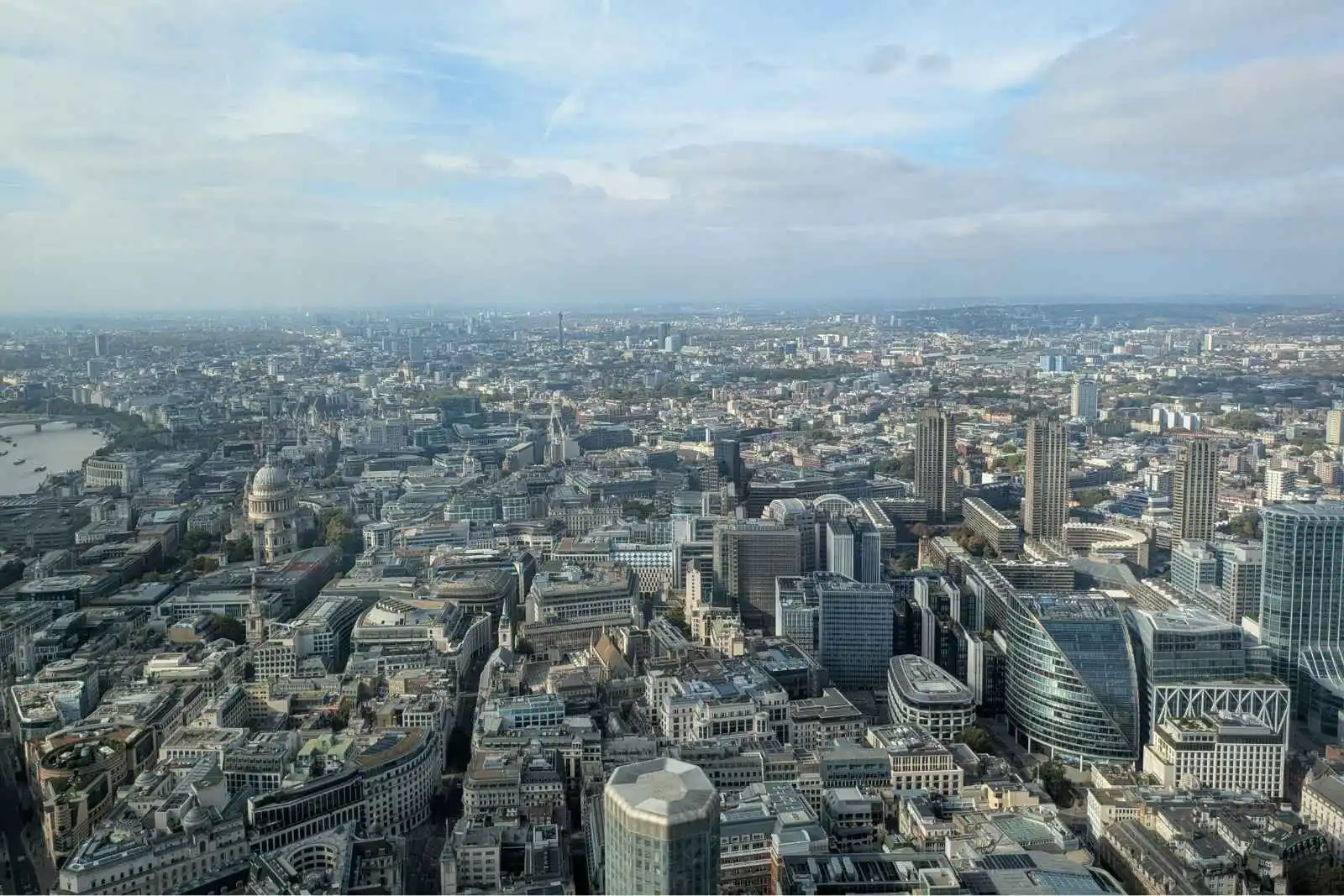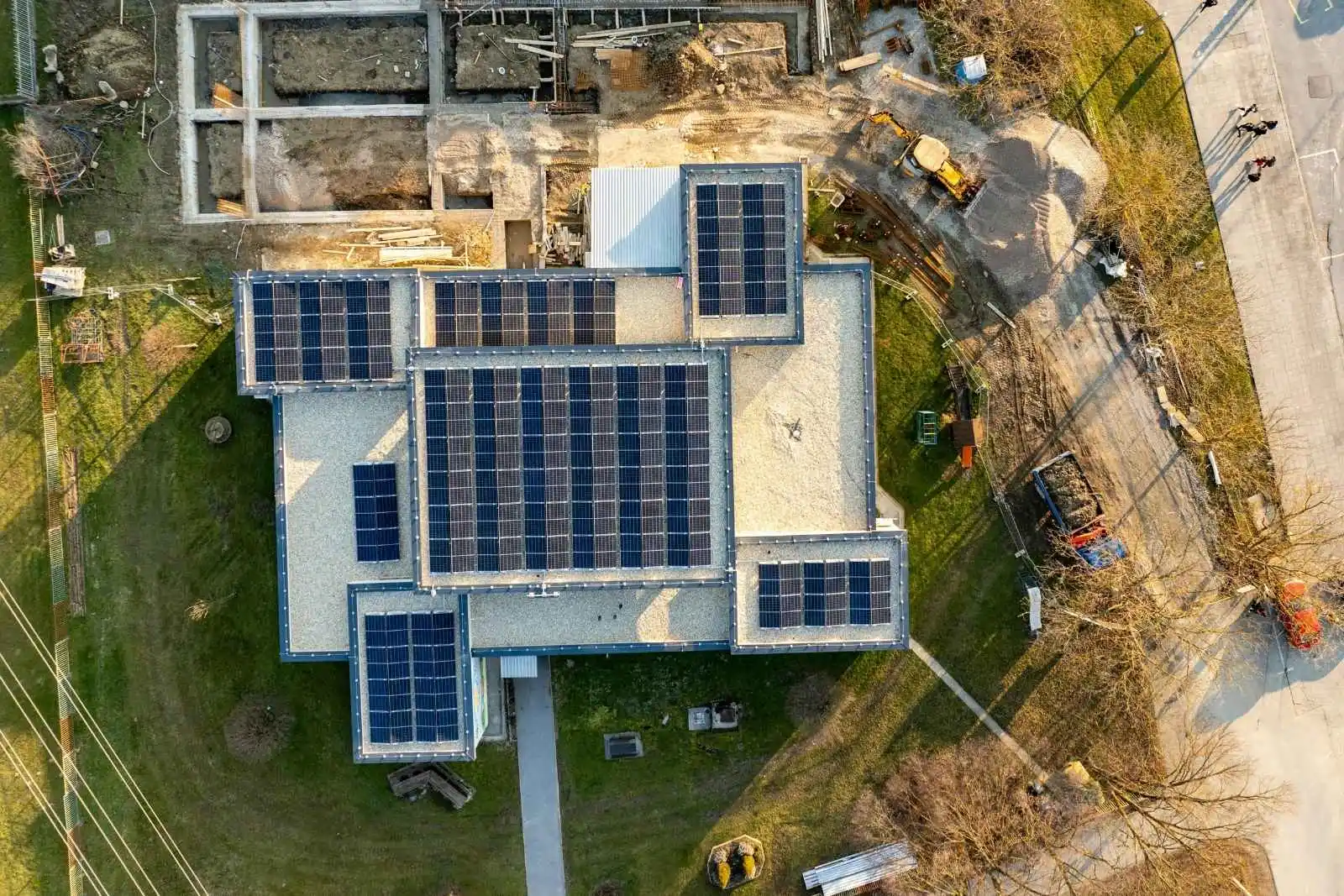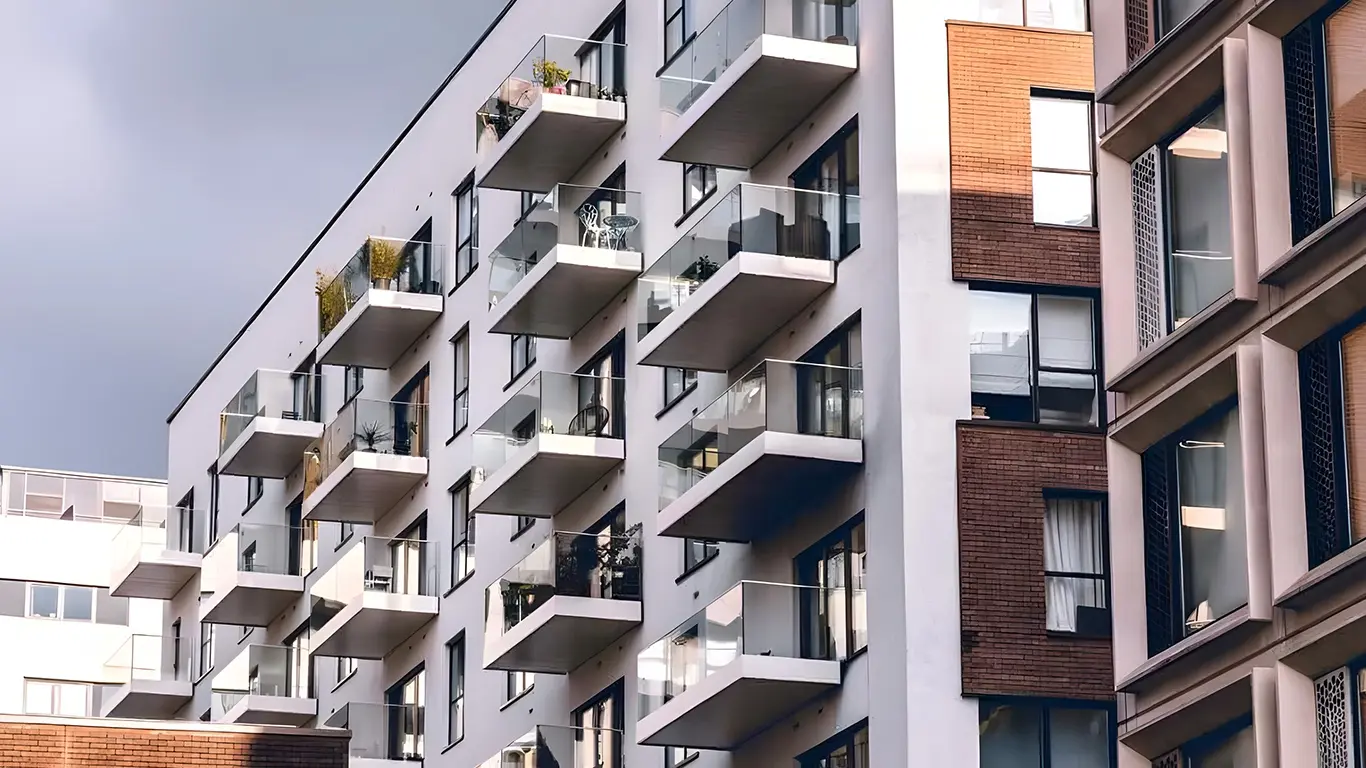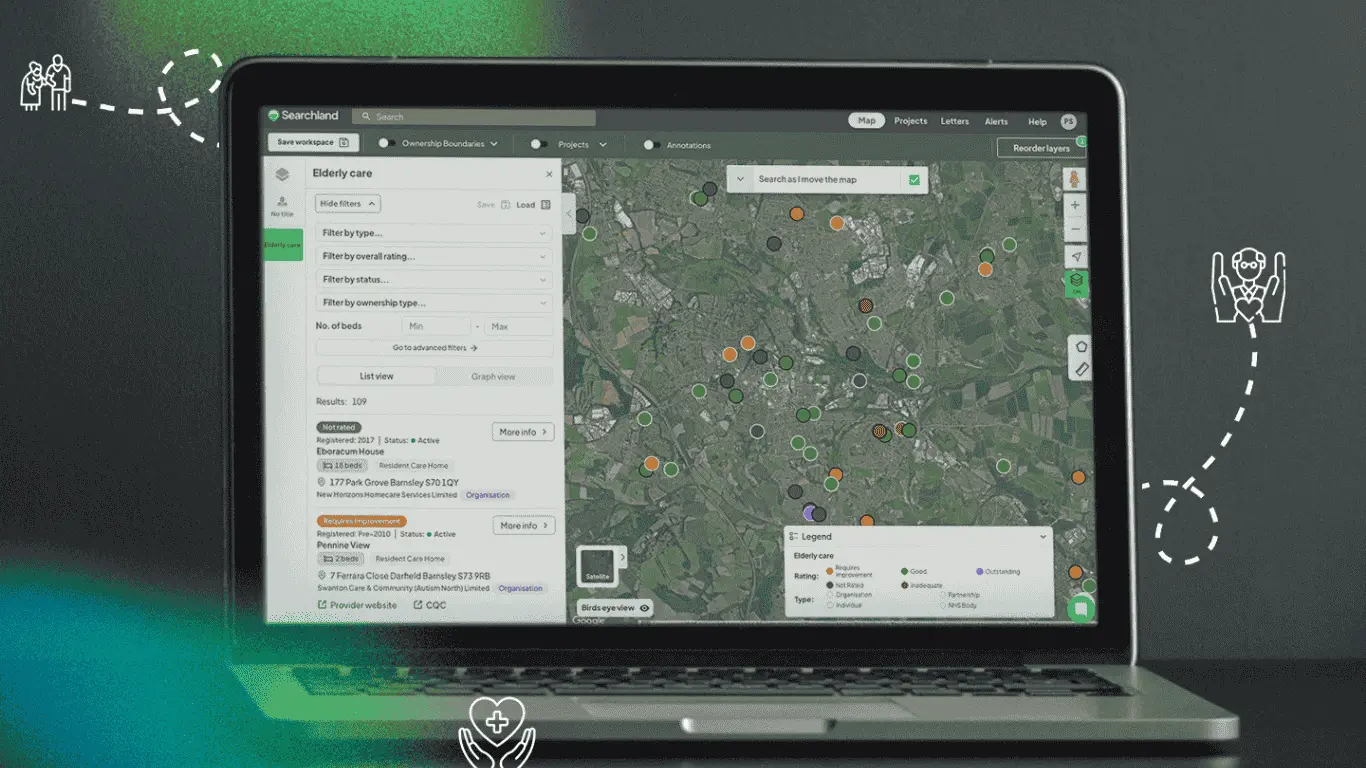Blog
Our team of property and land experts are constantly analysing news from governments and industry leaders. We compile all our insights into one place.
Stay up-to-date with permitted development changes, new legislation and market movements.
Oops! Something went wrong while submitting the form.












.jpg)







.jpeg)




